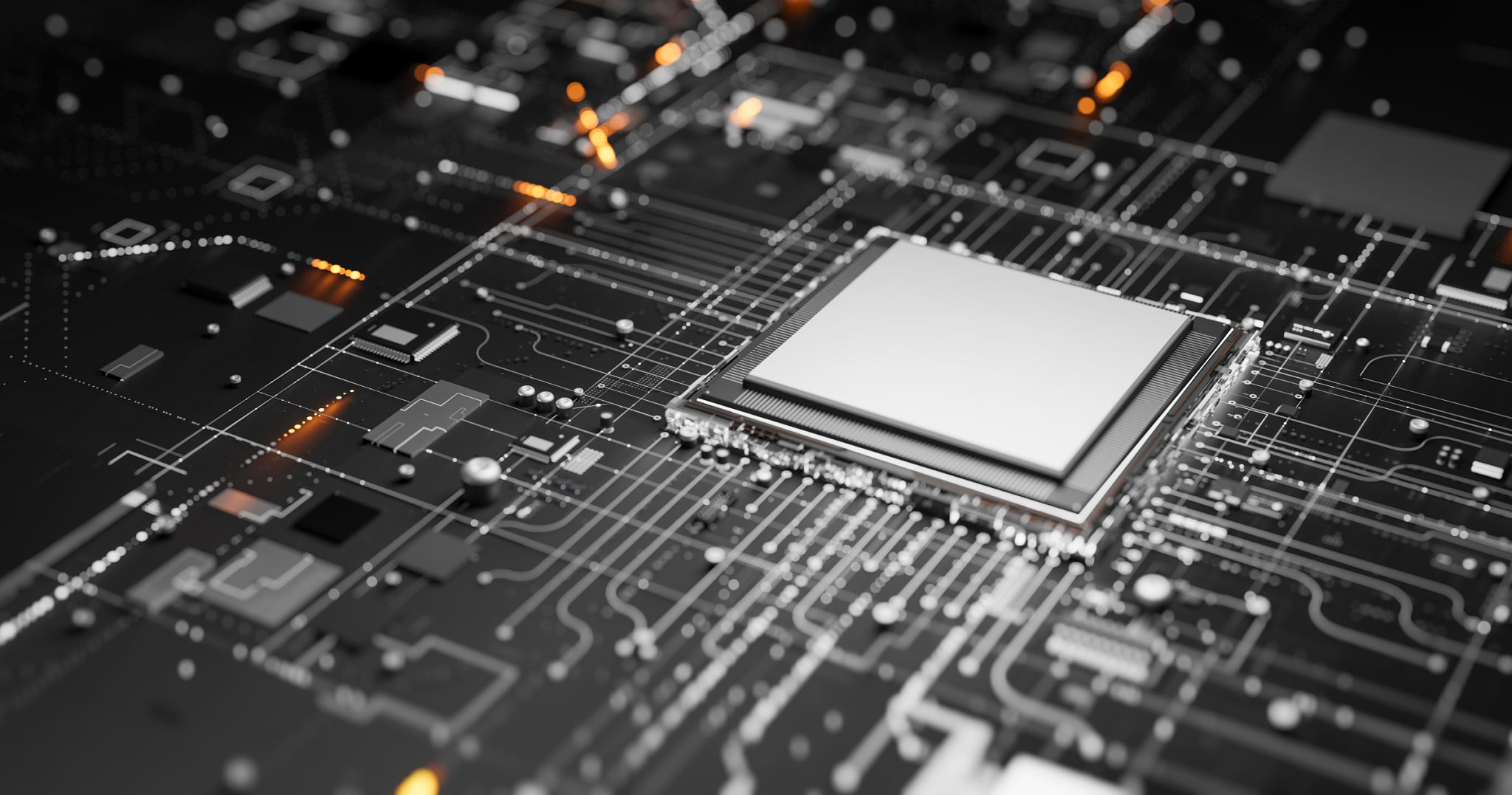Electromechanical Systems: Innovations and Trends to Watch
CH
The Evolution of Electromechanical Systems
Electromechanical systems have become an integral part of modern technology, bridging the gap between electrical and mechanical engineering to create innovative solutions across various industries. These systems are responsible for the operation of a wide range of devices and equipment, from simple household appliances to complex industrial machinery. As technology continues to advance, the innovations and trends in electromechanical systems are worth noting.
Recent developments in materials science, microelectronics, and software engineering have significantly influenced the evolution of electromechanical systems. These advancements have not only improved the efficiency and functionality of existing systems but also paved the way for new applications that were once thought impossible.

Smart Sensors and Connectivity
The rise of the Internet of Things (IoT) has led to the increased use of smart sensors in electromechanical systems. These sensors collect data from their environment and communicate with other devices, enabling real-time monitoring and control. This connectivity allows for predictive maintenance, reducing downtime and enhancing system reliability.
Furthermore, smart sensors are becoming more energy-efficient, which is crucial for battery-powered devices. The integration of wireless communication technologies has also made it easier to implement remote monitoring solutions, which are particularly beneficial in industries such as manufacturing, transportation, and healthcare.

Miniaturization and Micro-Electromechanical Systems (MEMS)
Miniaturization is another significant trend shaping the future of electromechanical systems. Micro-Electromechanical Systems (MEMS) are at the forefront of this trend, offering compact solutions that combine mechanical components with electronic circuits on a single chip. MEMS technology is widely used in various applications, including smartphones, automotive sensors, and medical devices.
The ability to produce smaller and more efficient components allows for the creation of portable and wearable technologies that were not feasible with larger systems. This trend towards miniaturization is expected to continue as demand for compact and efficient devices increases.

Energy Efficiency and Sustainability
As environmental concerns grow, there is a strong emphasis on developing energy-efficient electromechanical systems. Innovations in motor design, power electronics, and control algorithms are helping to reduce energy consumption while maintaining performance levels. Energy-efficient systems not only lower operational costs but also minimize the environmental impact.
Sustainability is further achieved by incorporating renewable energy sources into electromechanical systems. For example, solar-powered motors and generators are being developed to harness renewable energy, paving the way for greener technologies.
Advanced Motion Control
The field of motion control has seen significant advancements, with new techniques enabling precise and smooth movement in electromechanical systems. This is particularly important in robotics, where accurate positioning and speed control are essential. The development of advanced algorithms and control strategies allows for enhanced performance in applications ranging from industrial automation to consumer electronics.
Adaptive control systems that can adjust their parameters in real-time based on feedback are becoming more prevalent. These systems improve efficiency and reduce the need for manual intervention, making them highly desirable in dynamic environments.

The Future of Electromechanical Systems
The future of electromechanical systems looks promising as research and development continue to push the boundaries of what is possible. Innovations in artificial intelligence and machine learning are expected to further enhance system capabilities, providing smarter solutions with increased autonomy.
As we move forward, the collaboration between engineers, scientists, and technologists will be crucial in driving the next wave of innovations in electromechanical systems. By staying informed about the latest trends and advancements, businesses can position themselves at the forefront of this rapidly evolving field.
